Coronavirus: COVID-19 was in Australia before China, originated in India, Beijing now claims
COVID-19 originated in India and spread to Australia before emerging in China, Beijing now says in its latest move to shift blame.
News
Don't miss out on the headlines from News. Followed categories will be added to My News.
Chinese scientists are now claiming COVID-19 originated in India and then spread to Australia, before emerging in Wuhan in their latest attempt to shift blame for the pandemic.
According to a research paper from the Shanghai Institute for Biological Sciences, the virus was present on the Indian subcontinent before the Wuhan outbreak in December, however the theory has been debunked.
The paper titled ‘The Early Cryptic Transmission and Evolution of Sars-Cov-2 in Human Hosts’ was posted on the preprint platform of highly respected medical journal The Lancet.
Headed up by Dr Shen Libing, the research claims that by counting the number of mutations in each viral strain the first outbreak of the virus can be traced to India and Bangladesh.

This was due to India’s young population and extreme weather conditions including a 2019 summer heatwave that forced humans and animals to drink the same water.
The report goes onto to claim the virus emerged in Australia, the USA, Greece, India, Italy, Czech Republic, Russia and Serbia before China.
“Our result shows that Wuhan is not the place where human-to-human SARS-CoV-2 transmission first happened,” the paper reads.
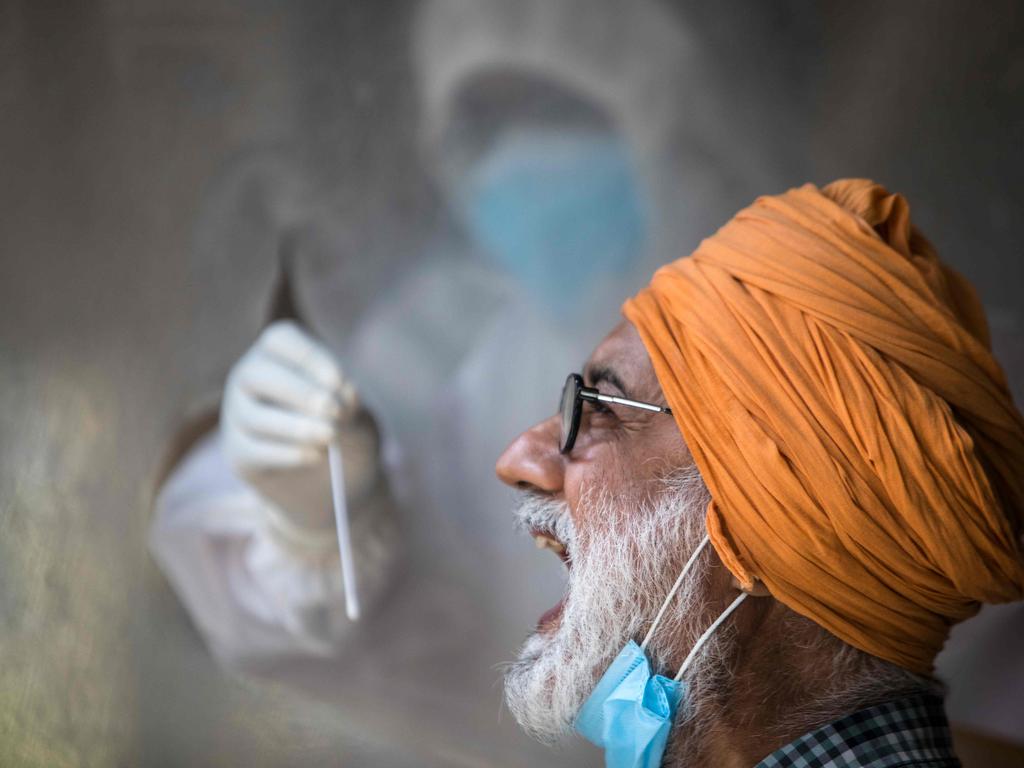
“Before it spread to Wuhan, SARS-CoV-2 has already experienced adaptive evolution during its human-to-human transmission. The positive selection sites could contribute to the different clinical features of different SARS-CoV-2 strains. Both the least mutated strain’s geographic information and the strain diversity suggest that the Indian subcontinent might be the place where the earliest human-to-human SARS-CoV-2 transmission occurred, which was three or four months prior to the Wuhan outbreak.
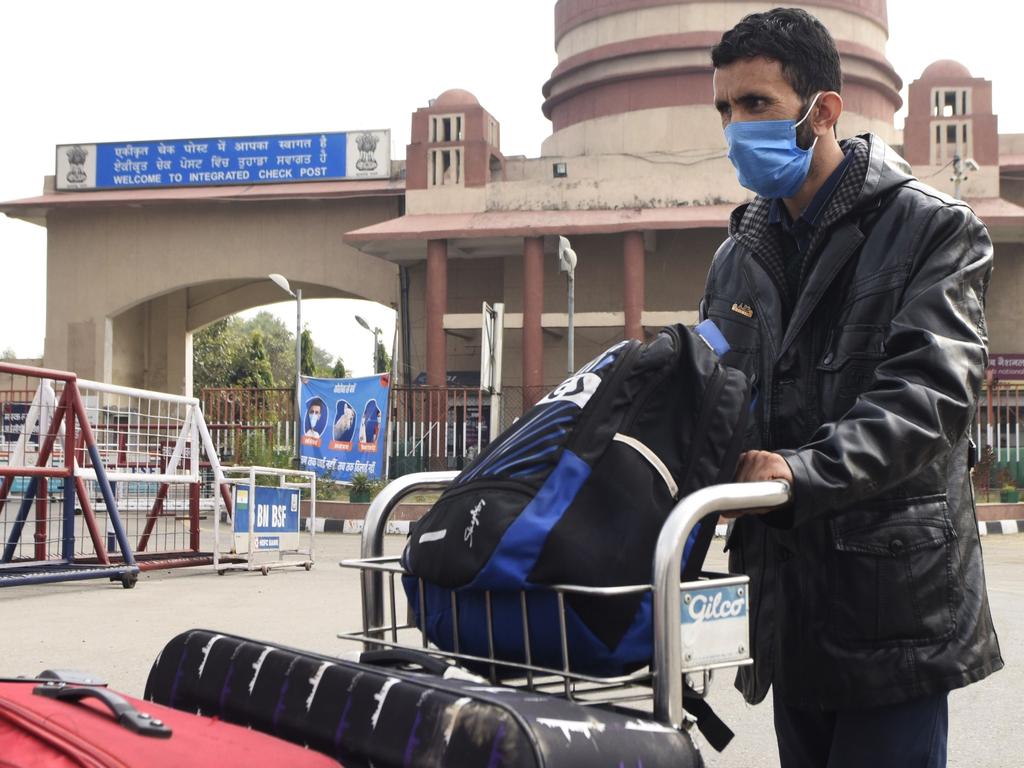
“Our study helps to elucidate the early cryptic transmission and evolution of SARS-CoV-2 in human hosts and provide the new thinking for the global management of the COVID-19 pandemic.”
Beijing has previously said the virus originated in the US and the UK.
Mukesh Thakur, a leading Indian virologist working with his government, told the South China Morning Post the conclusions were a “misinterpretation”.
While Professor in human genetics and biostatistics at UCLA Marc Suchard, said that the’ “arbitrary collection” of viral strains used was “unlikely to yield the progenitor”.
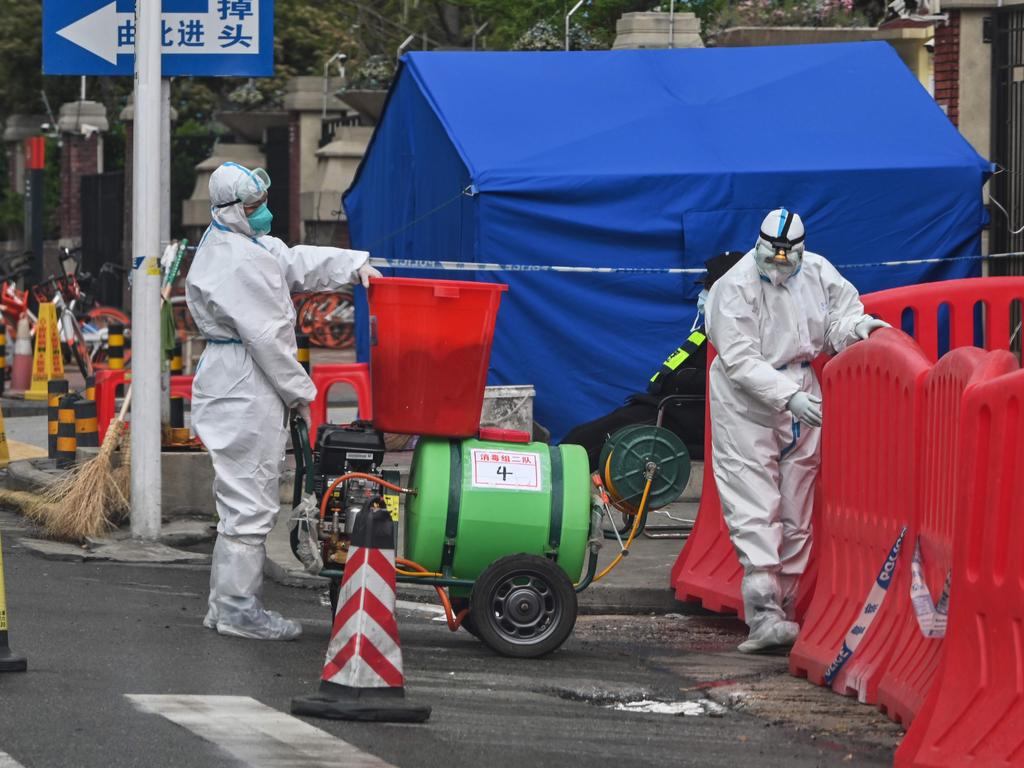
Scientists have pinpointed the Huanan Seafood Wholesale Market in Wuhan, where wild animals were sold illegally, as the likely place of first transmission of COVID-19.
The push for an independent search into the origins of the virus has led to significant diplomatic tensions between China and other nations including Australia and the US.
AMERICANS IGNORE ADVICE, NYC CASES SPIKE
In the United States, Thanksgiving Day marked the 24th consecutive day the country reported more than 100,000 new coronavirus cases.
Americans chose to ignore advice issued by the CDC and authorities and travelled in their millions for Thanksgiving.
On Thursday, local time, the number of COVID-19 patients in US hospitals hit a record for the 17th straight day, with many medical centres sounding the alarm that they are near capacity.
New York City continues to surpass its new cases threshold limit, adding 1,522 COVID-19 new reported cases, according to New York City Mayor Bill de Blasio.

The city’s officially set threshold is 550 cases.
The infection rate on a seven-day average is 3.33 per cent, Mr De Blasio tweeted on Friday, urging locals to keep fighting and push back the second wave of the pandemic.
Today’s indicators:
— Mayor Bill de Blasio (@NYCMayor) November 27, 2020
• 114 patients admitted to the hospital
• 1,522 new cases
• The infection rate 7-day average is 3.33%
We CANNOT let up the fight this weekend, New York City. Wear a mask, get tested, and help us push back this second wave.
Meanwhile in the UK, official figures show that the R number is dropping and the UK recorded a further 16,022 coronavirus cases and 521 deaths overnight, Friday local time.
Scientists have estimated the R number — which is the reproduction number indicating how many people on average a COVID-positive person goes on to infect, is falling to below one.
However, Britons are struggling to accept the tough new restrictions, with Number 10 Downing Street confirming on Friday, local time, that Tier 2 pub rules require drinkers to leave the premises after finishing their meals.
Customers won’t be allowed to order another round of beers after dinner, but must go home.
“The length of exposure is one of the main factors in the spread of the virus which is why alcohol may only be served as part of a main table meal, and cannot be served once the meal is finished.

“There is no prescribed limit for how long a meal is expected to take, however we expect people to act reasonably and exercise good judgment” said a spokesperson.
It is estimated that 55 million people in England were forced into tougher Tier 2 and Tier 3 lockdown restrictions.
Meanwhile, in Germany, COVID-19 cases topped 1 million, becoming the 6th nation in the European region to do so.
In the past 24 hours Germany recorded 22,806 new coronavirus infections, according to the Robert Koch Institute, the country’s disease control and prevention agency.
The country also recorded 426 new deaths on Friday. That marks the highest single-day jump since the pandemic began.
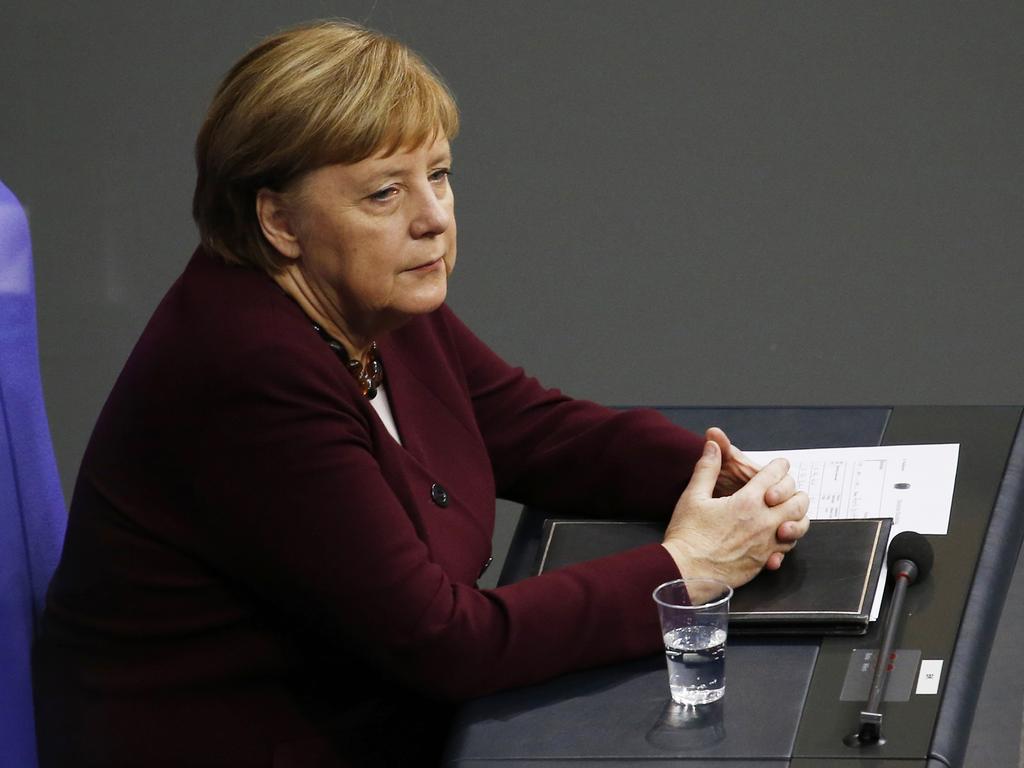
It comes one day after German Chancellor Angela Merkel announced that coronavirus restrictions and a partial national lockdown will last until December 20, but could be extended into 2021.
Nevertheless, the German government is hoping to ramp up its immunisation drive in the first quarter of 2021 and is already laying the groundwork for inoculation hubs across the country.
While Health Minister Jens Spahn insists that vaccination will not be compulsory, Chancellor Angela Merkel told parliament on Thursday that vaccines represented “a light at the end of the tunnel” for Germany.
The country has seen case numbers stabilise since restaurants, winter markets, and leisure and sporting facilities closed in early November.
But new infections remains high and the vaccine seems to be the only way out of continuing surges.
“I believe that we will see significant progress next year,” Ms Merkel said, describing vaccines as a sign of “hope”.
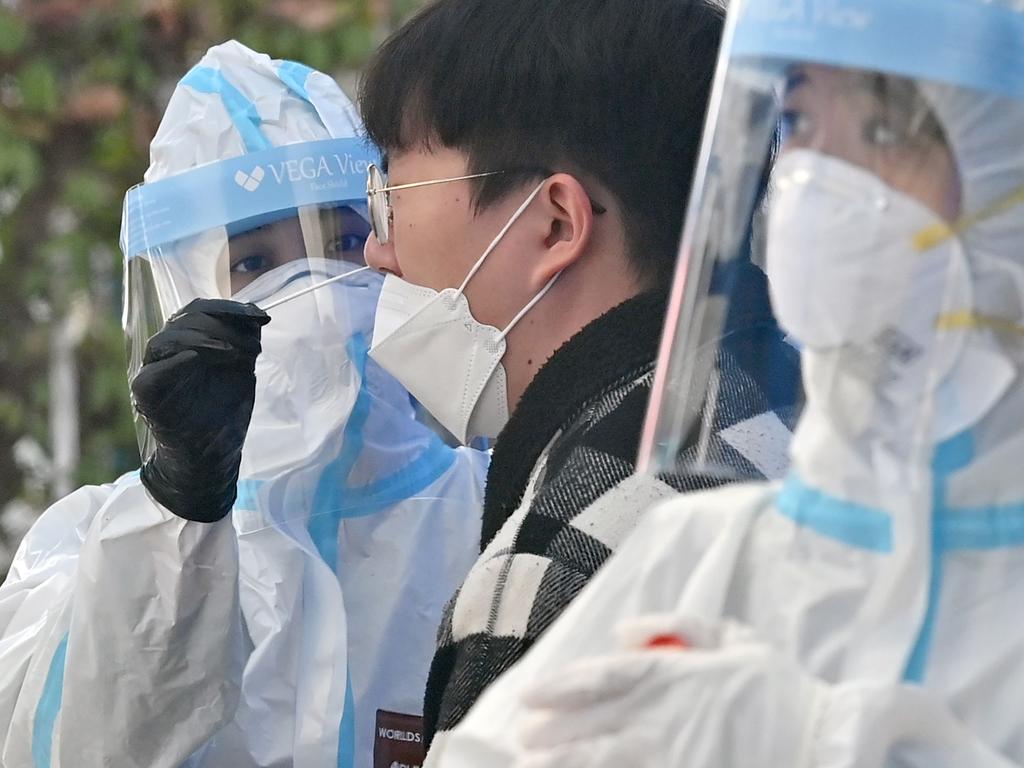
It comes as South Korea reported 569 new COVID-19 cases on Friday, the second consecutive day that more than 500 additional infections have been registered since March, which was the country’s first major outbreak.
The nationwide total of cases now stands at 32,887, according to the Korea Disease Control Prevention Agency.
Of the new cases, 337 were identified in Seoul.
Health Ministry spokesman Son Young-rae said the ministry is discussing ways to toughen social distancing measures and will make a decision with the government “as soon as possible.”

NORTH KOREAN HACKERS TARGET VACCINE
Meantime, North Korean hackers have attacked AstraZeneca, in bid to access vaccine info.
According to Reuters, North Korean hackers posed as recruiters on networking site LinkedIn and WhatsApp in order to approach AstraZeneca staff — including those working on coronavirus research — with fake job offers.
The suspected hackers then sent documents – some using Russian email addresses – purporting to be job descriptions that were in fact laced with malicious code designed to give the hackers access to the victim’s computers, Reuters reported.
The hackers are not thought to have been successful.
While AstraZeneca has declined to comment, the University of Oxford, which is working in conjunction with the drugmaker to develop a coronavirus vaccine, is working closely with the UK National Cyber Security Centre (NCSC) to ensure its protection, CNN reported.
VIC ‘ELIMINATES’ VIRUS
Victoria has effectively eliminated coronavirus after reaching 28 days without recording a new case.
The Department of Health and Human Services confirmed the state’s 28th consecutive day of zero new infections on Friday morning.
Epidemiologists regard 28 days without new or mystery cases in the community as elimination of coronavirus.
It comes after Victoria hit no active cases on Tuesday when the last coronavirus patient was discharged from hospital.
It was the first time in 269 days – since February 29 – that the state hasn’t had an active case.
University of Melbourne head of the Centre for Epidemiology, Professor Tony Blakely, told 3AW earlier this month the working definition of eliminating community transmission was 28 days with no mystery cases.
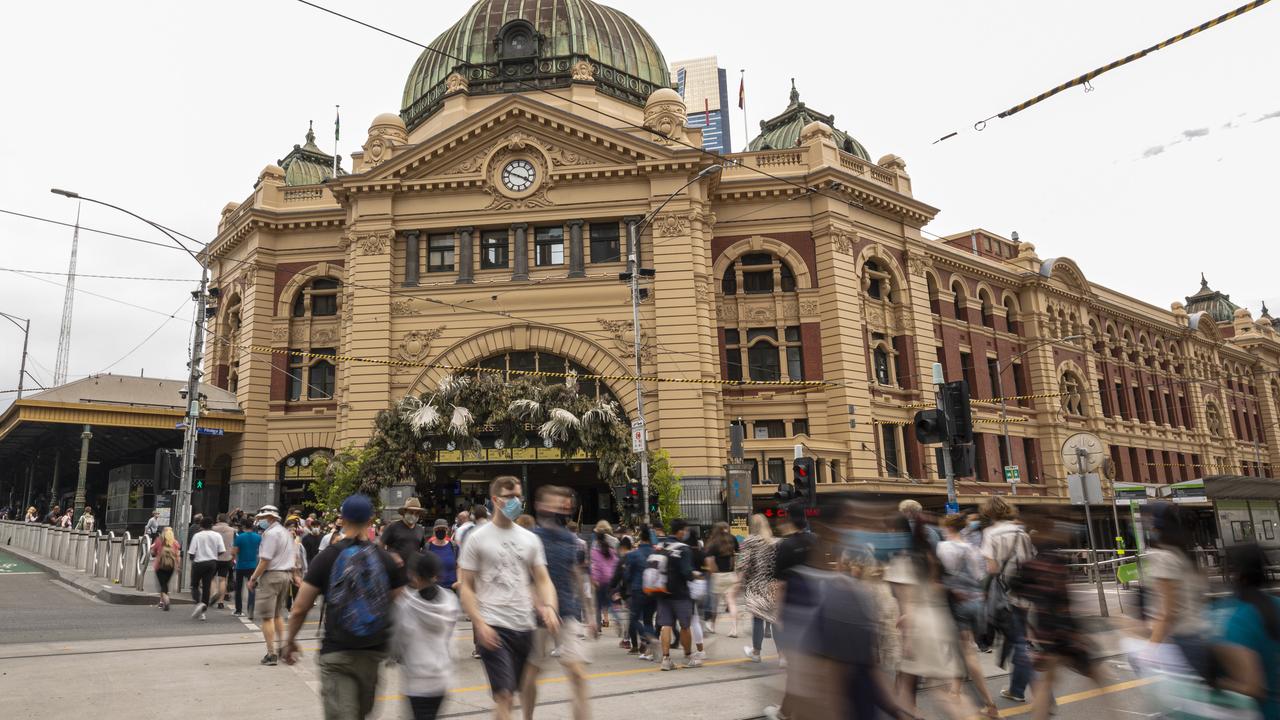
“These are the cases that you can’t track back to a source that you know of,” he said.
“If we’ve had zero cases that will be 28 days after we’ve had our last case, in which case we would have eliminated (the virus).
“It’s quite extraordinary what we’ve achieved here.”
Victoria’s Commander of Testing and Community Engagement, Jeroen Weimar, said the job now, especially for those in the health team, was to continue keeping coronavirus at bay.
“We haven’t seen any trace of this virus in Victoria for the last four weeks, that’s a fantastic result,” he told 3AW radio on Friday morning.
“We can be confident we don’t have community transmission right here, right now in Victoria.
“But of course, as we saw only the other week with our colleagues in Adelaide, we do still have active cases on our borders and other parts of Australia.”
And with Victoria to start accepting returning Australians from overseas again on December 7, Mr Weimar said we “still have risk”.
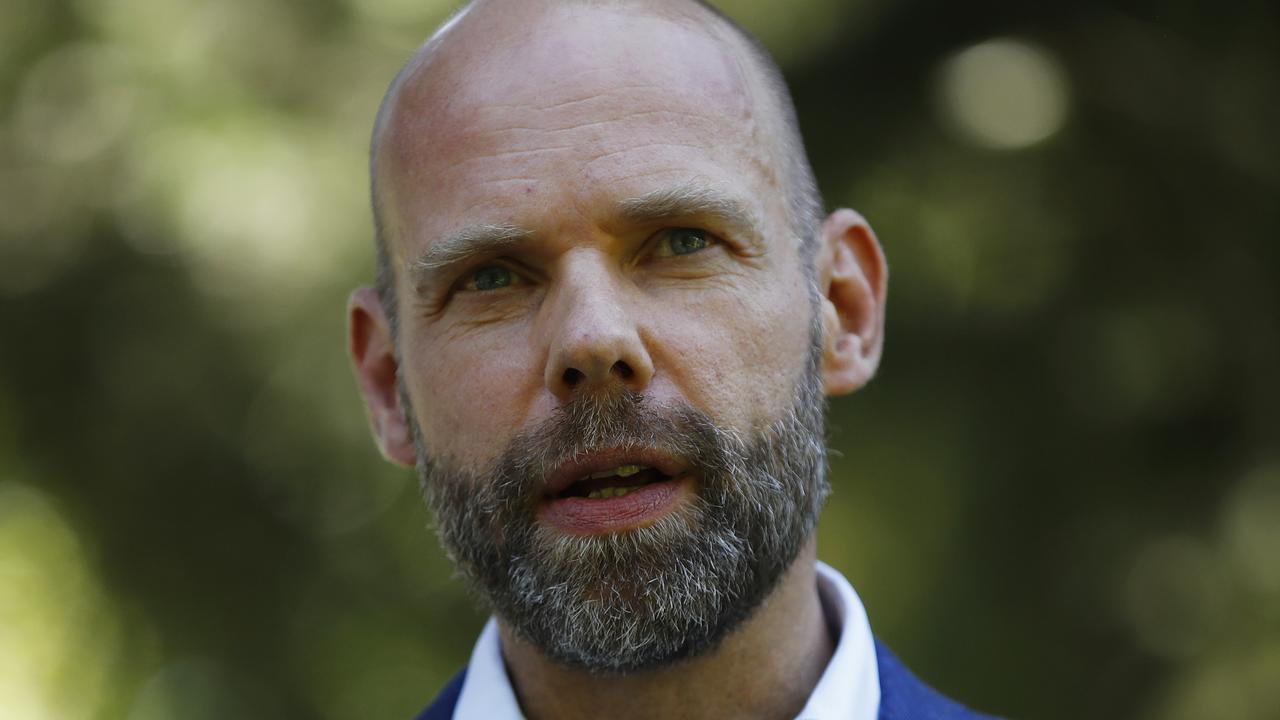
“The rest of the world is still on fire with coronavirus so we have to continue to be very vigilant and on our guard to make sure that if we do see it coming back into our borders that we spot a very early and we deal with it as soon as it comes in,” he said.
The period of 28 days for eradication was chosen because it is two 14-day incubation periods, which is the number of days between when a person is infected with the virus and when they might display symptoms.
Twenty-eight days without a new case across the state was also supposed to be the moment that Victoria moved to COVID normal under the state government’s original road map to reopening in September.

That would have meant most restrictions were removed with no limits on public gatherings, hospitality or visitors to the home, but with social distancing and good hygiene encouraged.
Victoria’s next easing of restrictions is due on Monday when 25 per cent of the workforce will be allowed to return to the office again.
Then, on December 13, the number of people able to gather in private homes will rise from 15 to 30 just in time for the festive season.
The last positive cases of coronavirus in Victoria were on October 30, when four infections were recorded.
Victoria has not recorded more than 28 consecutive days of zero new COVID-19 cases since before the first case was diagnosed on January 25.
The state has recorded 20,345 coronavirus cases and 819 deaths since the start of the pandemic, with 19,526 people having recovered as of Thursday.
A total of 9828 COVID-19 tests results were received in the past 24 hours, a slight decrease from the 12,862 on Thursday.
US PLUNGES FURTHER INTO COVID CRISIS
Americans endured a subdued thanksgiving holiday on Thursday (local time) under the pall of a worsening coronavirus crisis, with death tolls hitting new highs worldwide as infections multiply to surpass more than 60 million.
While vaccine breakthroughs have raised hopes for an end to the pandemic, much of the world is still facing a gloomy winter holiday season dampened by lockdowns, economic anxiety and the devastating losses of from a disease that is claiming thousands of lives daily.
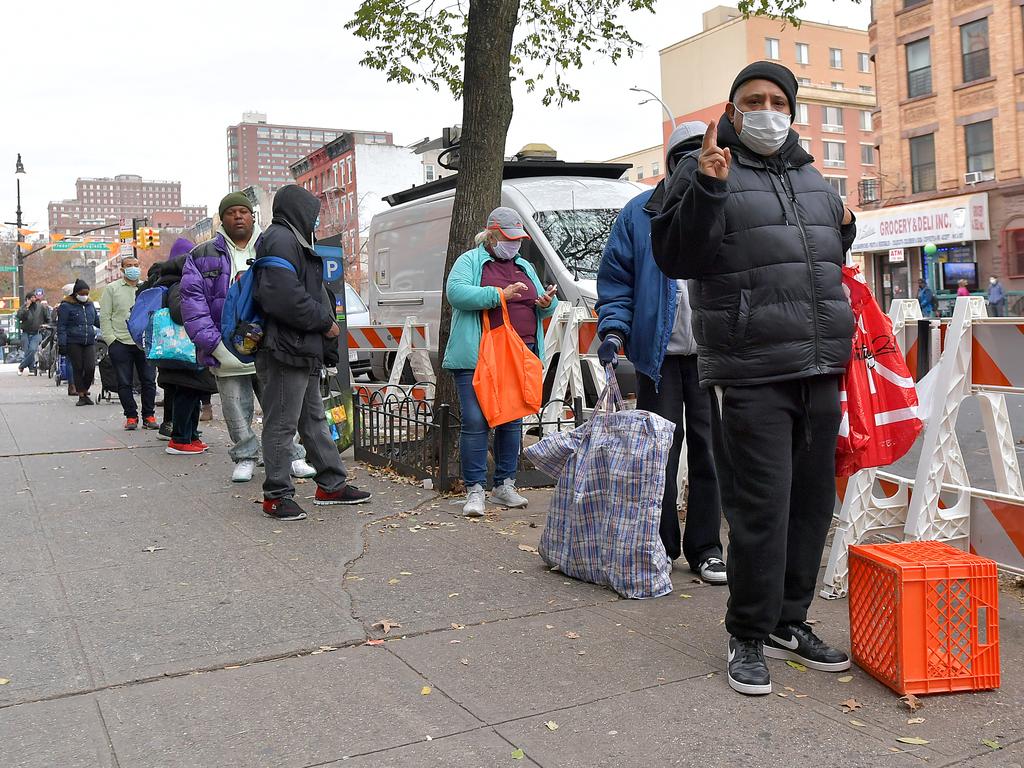
In the United States, Americans suffered their highest daily death toll in six months on the eve of the thanksgiving holiday, a time when families normally gather in large numbers for decadent feasts of turkey, mashed potatoes and pie.
It is also tradition to serve hot meals to the needy, a service provided by food banks and homeless shelters that have become especially vital in a year when the pandemic has wiped out jobs and incomes.
“After weeks and months of the COVID and all these issues of unemployment, it’s nice to feel a sense of belonging,” said Samitha Antwi, a woman who picked up a packaged meal distributed by the Los Angeles Mission ahead of thanksgiving.
“A hot meal, it warms your heart. We call it, in my community, soul food,” added Linn Hohl, another woman in line.
The US government’s health protection agency has for the first time called on Americans not to travel for the holiday — a call that not all have heeded.
In his thanksgiving address on Wednesday, US President-elect Joe Biden also appealed for his “weary” countrymen to dig deep and soldier through the remaining months until vaccines are available.
“There is real hope, tangible hope. So hang on. Don’t let yourself surrender to the fatigue,” Mr Biden urged.
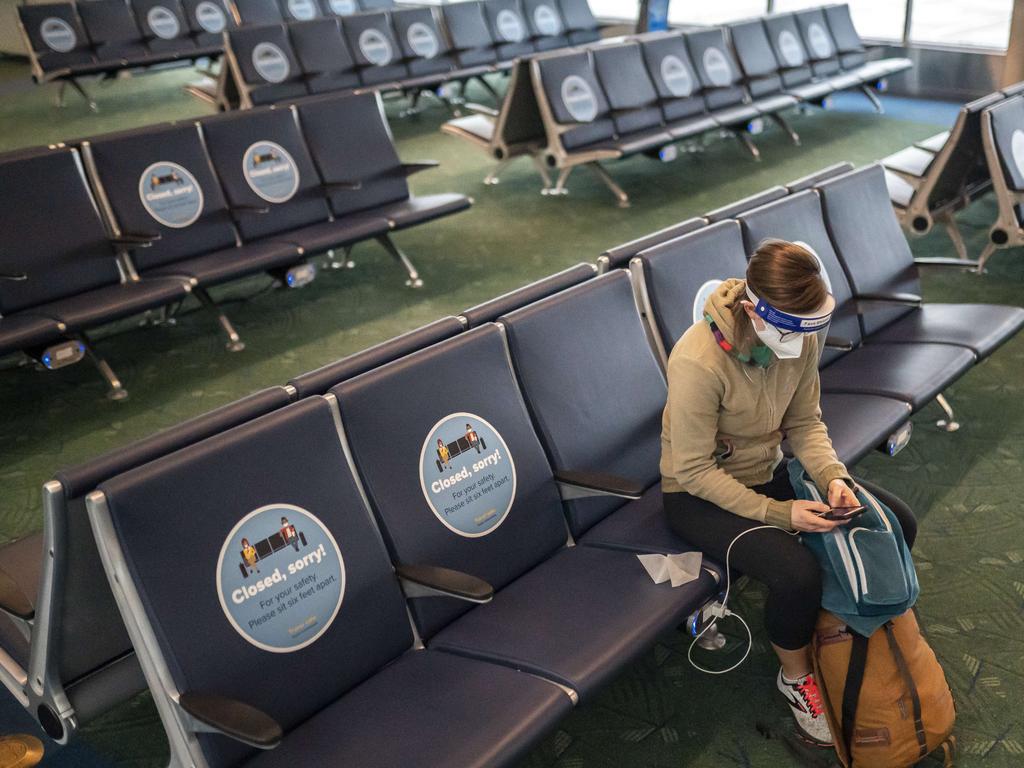
More than 60 million infections and 1.4 million deaths have now been recorded around the world since the new coronavirus emerged in China late last year, according to a tally compiled by AFP from official sources.
The number of infections — roughly equivalent to the population of Italy — likely only reflects a fraction of the actual total, as many countries lack testing capacity.
While low-income frontline workers often face the biggest risks, the virus has also infected the world’s wealthiest and most powerful.

EUROPE STILL ON EDGE
On Thursday (local time), Sweden’s Prince Carl Philip and his wife Princess Sofia became the latest royalty to go into self-isolation after testing positive for COVID-19, the palace said.
In Europe, where many countries have imposed sweeping shutdowns in recent weeks, ski holidays were fast becoming the latest victims of the pandemic.
Germany said Wednesday that it would extend its virus curbs until 2021 and plans to seek a deal with European partners to close ski slopes until January 10.
Infected tourists at European ski resorts were a major source of virus spread around the hard-hit continent earlier this year.

The statement from Chancellor Angela Merkel dovetailed with French plans announced one day earlier to shutter ski resorts through the year’s end.
“I will say this openly that it won’t be easy, but we will try,” Mrs Merkel said.
The move put Berlin and Paris on a collision course with resort operators and holiday hotspot Austria ahead of the crucial Christmas season.
In non-EU member Switzerland, however, ski resorts are open — although police have been spotted patrolling to ensure that skiers respect anti-COVID measures such as wearing masks and social distancing.
While the UK and France are talking about easing their lockdown measures soon, Russia is still resisting stay-at-home orders despite registering record infections and deaths from the virus Thursday.
In the poor Balkan region, soaring rates of infection are stretching already weak healthcare systems, but governments are hesitant to inflict any further economic damage with harsh measures.
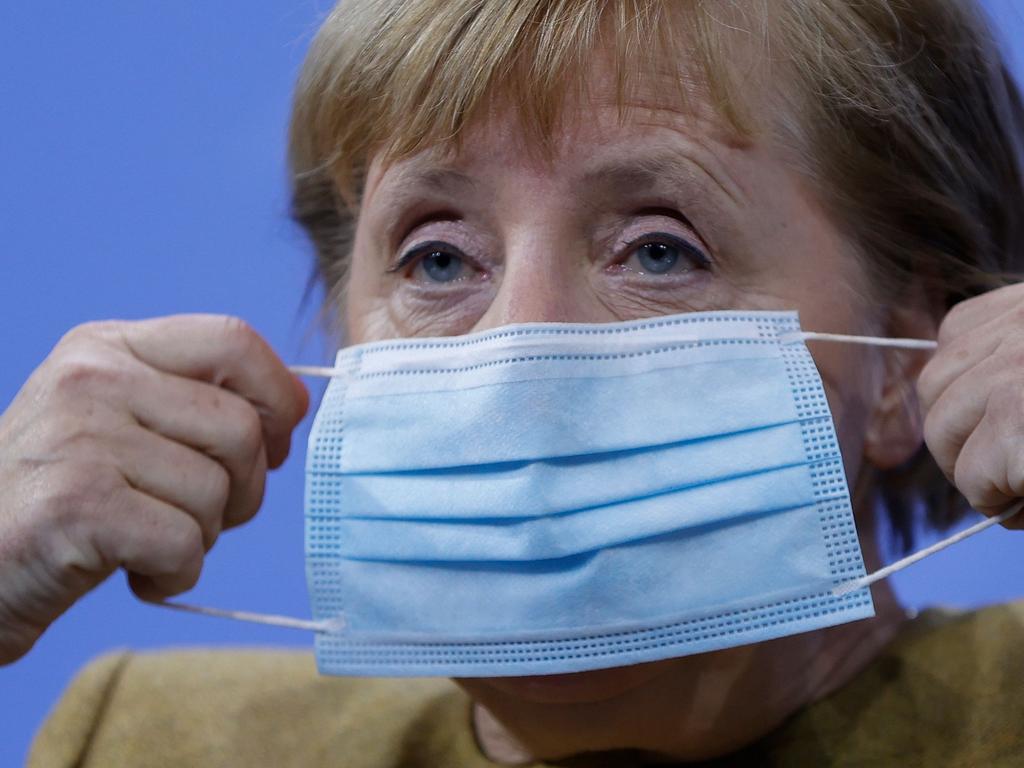
Countries who have had strong success against the virus are also cracking down on new outbreaks.
South Korea closed bars and nightclubs this week as it braces for a third major wave, with virus cases at their highest level since March.
And New Zealand was tackling a cluster of six COVID-19 positive players of Pakistan’s visiting cricket squad.
ECONOMIC FALLOUT
Positive news on the vaccine front has fuelled hope in financial markets, with most stocks rising on Thursday (local time).
But traders are still moving cautiously, with an eye on the growing infection rates that are forcing governments to impose containment measures.
Britain is expected to see its greatest annual slump in more than three centuries, with the government forecasting the economy will shrink 11.3 per cent on coronavirus fallout.
And a fresh batch of data out of the US underlined the immediate impact of the disease and the long road ahead for economies.

Official figures showed applications for jobless aid rose for a second straight week as bar and restaurant closures in major cities hit businesses.
The US entertainment giant Disney announced on Thursday it will cut 32,000 jobs in 2021, primarily from its US theme parks division, due to the pandemic.
The move comes on the heels of Disney’s US$4.7 billion ($A6.3 billion) loss in the most recent quarter, which reflected the hit to its theme park business and the derailment or postponement of major movie releases.
GOVT PLANS TO SKIP HOTEL QUARANTINE
The Australian federal government is planning a scheme to allow anyone arriving in Australia to be able to skip hotel quarantine — if they can prove they have been vaccinated against coronavirus.
Australians and tourists alike would be required to show they had received an approved jab, likely through an internationally recognised certificated attached to their passport.
The scheme will only be introduced once doses are widely available across the world, which could be as soon as March.
Prim Minister Scott Morrison said he believed it would be an “incentive” for people to get the jab.
“When there’s been yellow fever and things like that, there’s a requirement that people are vaccinated and if they’re not, there’s been a requirement to quarantine on entry to Australia,” the Prime Minister said on Wednesday.
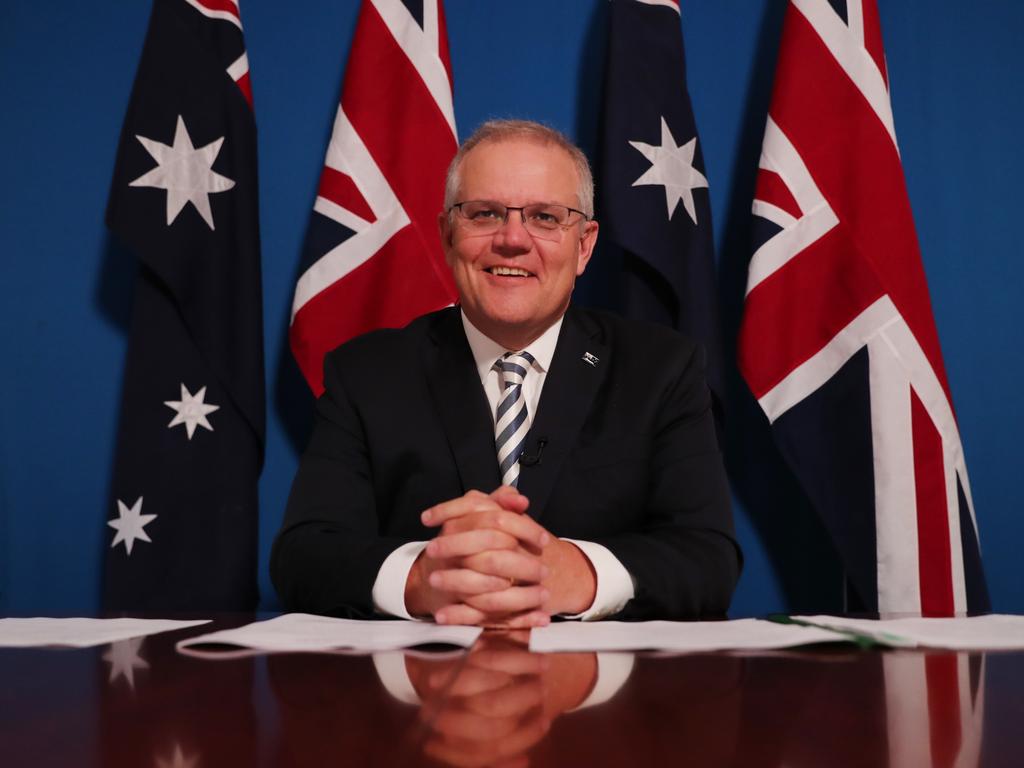
“Where people have the choice of two weeks quarantine or being vaccinated, I think that will be an incentive, unless there’s a genuine medical reason why.”
Mr Morrison said there were still issues to work through before they could introduce such an initiative, including a successful rollout of a vaccine.
People with valid medical reasons preventing them from being vaccinated would be exempt from the scheme.
Earlier this week, Qantas announced it will require passengers to be vaccinated against COVID-19 before they are allowed onto international flights.
Chief executive Alan Joyce said he was also considering the measure for domestic flights.
Health Minister Greg Hunt said a final decision had not yet been made but vaccination will likely be the only way people are able to avoid quarantine.
“We would expect that people coming to Australia while COVID-19 is a significant disease in the world will either be vaccinated or they will isolate,” Mr Hunt said.
“The likely course of events during 2021 is if somebody comes to Australia and a vaccine is widely available, either they’ll be vaccinated with verification or they’ll have to quarantine.”
The World Health Organisation’s International Health Regulations (IHR) would need to be amended to include COVID-19 as a disease for which countries may require proof of vaccination upon entry before it is introduced.
– with Jack Paynter, Ellen Ransley, Emily Cosenza, AFP
Originally published as Coronavirus: COVID-19 was in Australia before China, originated in India, Beijing now claims







